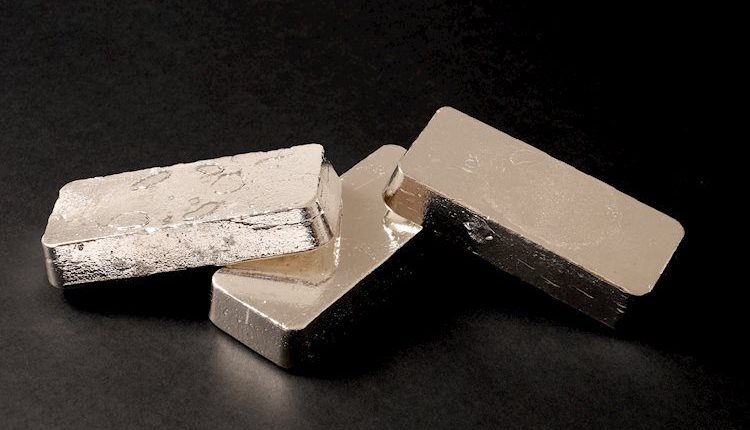- Silver prices fell by nearly 3% on Monday following reports that Israel and Hezbollah are reaching a ceasefire agreement.
- President-elect Donald Trump plans to impose tariffs on imports from Mexico, Canada and China.
- The non-yielding Silver struggled due to bond market optimism following the selection of Scott Bessent as the US Treasury Secretary.
Silver price (XAG/USD) hovers around $30.40 per troy ounce during the Asian trading hours on Tuesday, following a nearly 3% drop in the previous session. This downside risk for safe-haven assets like Silver metal is linked to reports suggesting that Israel and Hezbollah are close to reaching a ceasefire agreement.
Additionally, the price of dollar-denominated Silver has been pressured by a stronger US dollar (USD) after President-elect Donald Trump announced plans to impose a 25% tariff on all imports from Mexico and Canada starting on his first day in office, alongside an additional 10% tariff on goods from China. A stronger US dollar makes precious metals more expensive for foreign buyers, negatively affecting Silver demand.
The non-yielding Silver faced downward pressure due to optimism in the bond market following the selection of Scott Bessent as US Treasury Secretary in the incoming administration. Bessent has advocated for a phased approach to trade restrictions and expressed a willingness to negotiate tariff levels in coordination with President-elect Donald Trump.
However, Tuesday’s less hawkish comments from Federal Reserve (Fed) officials may have offered some support for Silver prices. Chicago Fed President Austan Goolsbee suggested that the Fed is likely to continue lowering interest rates toward a neutral stance that neither stimulates nor restricts economic activity. Meanwhile, Minneapolis Fed President Neel Kashkari pointed out that another rate cut could be considered at the Fed’s December meeting, according to Bloomberg.
Investors are now focusing on the Federal Reserve’s November meeting minutes, set to be released later in the North American session. These minutes could offer crucial insights into the central bank’s direction on monetary policy.
Silver FAQs
Silver is a precious metal highly traded among investors. It has been historically used as a store of value and a medium of exchange. Although less popular than Gold, traders may turn to Silver to diversify their investment portfolio, for its intrinsic value or as a potential hedge during high-inflation periods. Investors can buy physical Silver, in coins or in bars, or trade it through vehicles such as Exchange Traded Funds, which track its price on international markets.
Silver prices can move due to a wide range of factors. Geopolitical instability or fears of a deep recession can make Silver price escalate due to its safe-haven status, although to a lesser extent than Gold’s. As a yieldless asset, Silver tends to rise with lower interest rates. Its moves also depend on how the US Dollar (USD) behaves as the asset is priced in dollars (XAG/USD). A strong Dollar tends to keep the price of Silver at bay, whereas a weaker Dollar is likely to propel prices up. Other factors such as investment demand, mining supply – Silver is much more abundant than Gold – and recycling rates can also affect prices.
Silver is widely used in industry, particularly in sectors such as electronics or solar energy, as it has one of the highest electric conductivity of all metals – more than Copper and Gold. A surge in demand can increase prices, while a decline tends to lower them. Dynamics in the US, Chinese and Indian economies can also contribute to price swings: for the US and particularly China, their big industrial sectors use Silver in various processes; in India, consumers’ demand for the precious metal for jewellery also plays a key role in setting prices.
Silver prices tend to follow Gold’s moves. When Gold prices rise, Silver typically follows suit, as their status as safe-haven assets is similar. The Gold/Silver ratio, which shows the number of ounces of Silver needed to equal the value of one ounce of Gold, may help to determine the relative valuation between both metals. Some investors may consider a high ratio as an indicator that Silver is undervalued, or Gold is overvalued. On the contrary, a low ratio might suggest that Gold is undervalued relative to Silver.
Read the full article here

